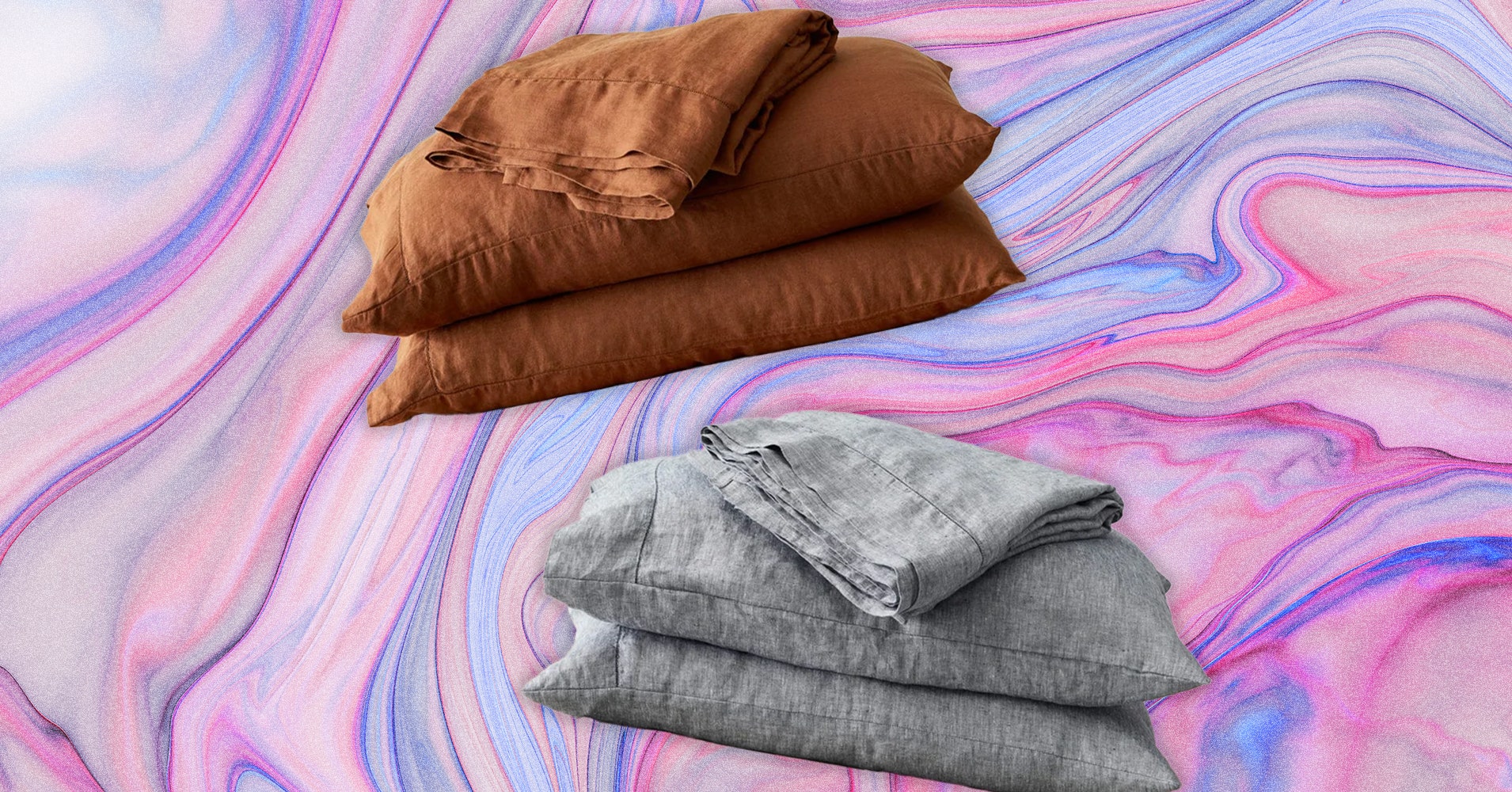You'll often see terms like “Belgian flax” and “European linen” to describe different linens. Some of this is in the name, some aren't—Pottery Barn's sheets are named Belgian flax, while Citizenry's sheets say they're French flax but sustainably made in Portugal. So what does this all mean? Which one is best?
Europe has a long history of flax growing and linen making. This is a preferred source, especially Belgium and France, which is why some sheets will call out those countries specifically. But according to world linenThere is no big difference between European countries – it's mostly a marketing strategy. You will probably be just as happy with any European source of linen, and there is a European Linen Certification sheet that you can get to confirm where they are sourced from.
However, just because Europe is in the name doesn't mean it was made there. After the flax is grown, it needs to be processed, spun, and woven into sheets, which may or may not be possible in Europe. Some companies use the terms “Belgian flax” or “European flax” to indicate that the flax is from that region, but it was not processed there. Some companies make sheets in other European countries, such as The Citizenry's Portugal-made sheets, while other manufacturers may produce outside Europe, such as Quince, which processes its sheets in China and India.
Another term you may see when shopping for linen is “woven up to 160 gsm.” This describes the weight of the fabric. (“GSM” stands for grams per square meter.) It's similar to silk, which is also described in weight rather than thread count to give you a more accurate idea of how heavy the sheets will be. The general rule of thumb when it comes to linen is that less than 150 gsm is light, between 150 and 300 is medium, and anything above 300 is heavy.
Weight is also something that shouldn't change about linen: it will get softer over time, but not lighter. If you prefer a certain weight of sheets, you can check to see if these details are included to know exactly what you are buying.


